http://e360.yale.edu/feature/leveling_appalachia_the_legacy_of_mountaintop_removal_mining/2198/
I watched this video of this documentary of mining in Appalachia. It shows the consequences of mining. Since the mid-1990s, the coal industry used mountaintop removal mining to extract coal. This resulted in over one million acres of forests being destroyed and nearly 2,000 miles of streams. In 2007, an energy company known as AT Massey Energy applied for permits for mining…6,450 acres of Coal River Mountain in Raleigh County, WV. This mining not only destroys the mountains, but also destroys the beautiful scenery, with polluted air contributing to this mess. Locals have been trying their best to join together protest against mining. 7 episodes of flash flooding due to violently fast downstream water and heavy rains have caused damages to tens of thousands of homes. When mining happens, top of mountains explode. What used to be a beautiful landscape now looks dead.
Effects on drinking water: There have even been local concerns about the effects of drinking water. A water sample was taken and it turned out to be acidic, with the pH level of 4.86. Color of water appears black.
Unfortunately, the US Surface Mining Control and Reclamation Act of 1977 did not work out well as mountains were unable to be protected and full-scale mountaintop-removing coal mining were allowed.
Coal cut companies turned out to not care about the environment and the community. They only care about money.
This mining practice is not only contributing to the climate change, but also affecting the lives of future generations.
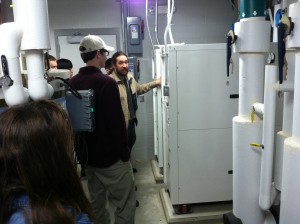
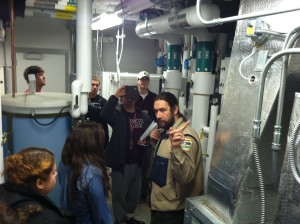
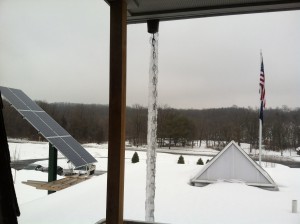
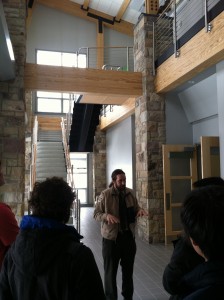
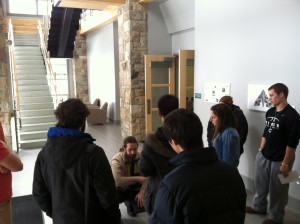
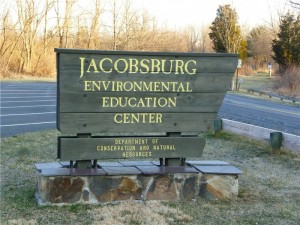
Recent Comments